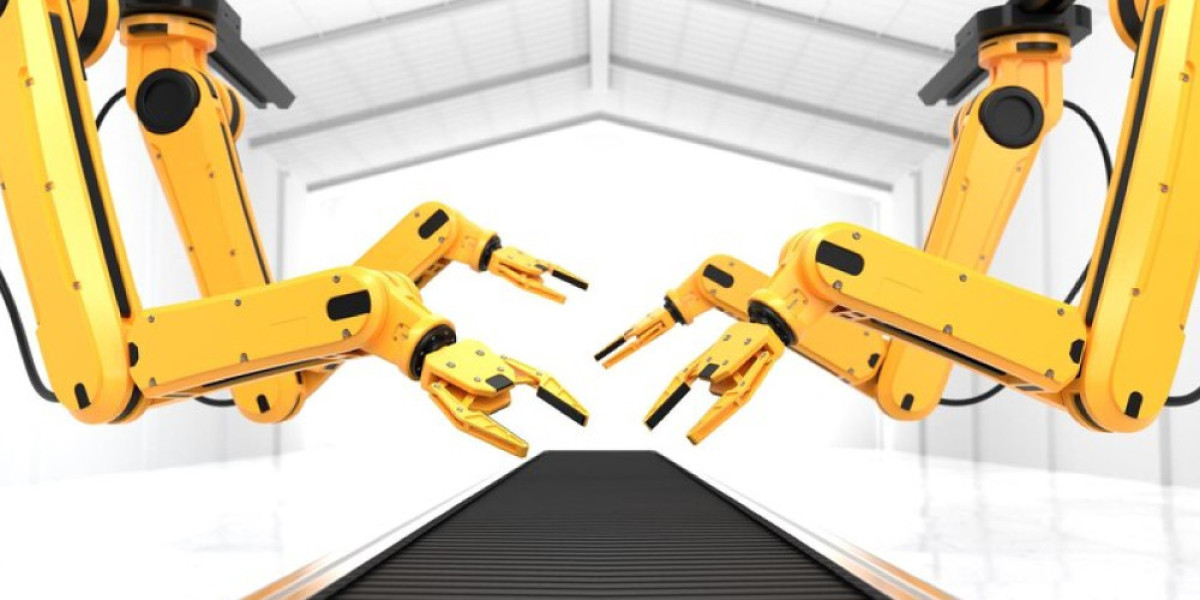The Ice Makers Industry is characterized by a diverse range of manufacturers and suppliers that provide innovative ice-making solutions. This industry includes commercial ice machine suppliers who cater to restaurants, bars, and other establishments requiring large quantities of ice. With advancements in technology, the industry is evolving to meet the growing demand for energy-efficient and sustainable ice production systems. As the hospitality and food service sectors expand, the ice makers industry is expected to witness significant growth, driven by the need for reliable and high-quality ice.
The ice makers market has experienced substantial growth in recent years, driven by the rising demand for ice across commercial, residential, and industrial applications. Ice makers are machines designed to produce ice in various shapes and sizes for cooling, preservation, and processing purposes. The hospitality and food service industries are among the largest consumers, utilizing ice for beverages, food preservation, and catering needs. As the global food and beverage industry continues to expand, the need for reliable and energy-efficient ice production systems is increasing. Moreover, technological advancements have led to the development of automatic, self-cleaning, and smart ice makers, offering higher production efficiency and hygiene standards.
Market Dynamics and Key Growth Factors
Several factors contribute to the growth of the ice makers market. The expansion of restaurants, hotels, and catering services worldwide has significantly increased the demand for ice production equipment. Additionally, the growing popularity of cold beverages and frozen desserts is influencing the installation of ice makers in retail and convenience stores. In healthcare, ice makers are essential for storing medicines and biological samples, further expanding the market scope. Rising disposable incomes and changing lifestyles in developing economies are also driving household demand for compact ice-making machines. The industry is witnessing a shift toward energy-efficient and environmentally sustainable solutions as manufacturers aim to comply with global energy regulations.
Technological Advancements in Ice Making Systems
Innovation plays a critical role in shaping the ice makers market. Modern systems are equipped with advanced compressors, digital control panels, and smart connectivity features for remote monitoring. Ice machines now offer faster freezing cycles, water-saving technologies, and antibacterial surfaces to ensure product quality. The introduction of modular, under-counter, and countertop designs provides flexibility for different business environments. Additionally, manufacturers are focusing on the development of eco-friendly refrigerants that reduce greenhouse gas emissions. Commercial ice machine suppliers are adopting smart automation to optimize performance and reduce maintenance costs, enabling continuous ice supply in high-demand settings.
Regional Market Insights
North America dominates the ice makers market due to its strong hospitality and healthcare infrastructure. The United States, in particular, leads in commercial installations, with a growing preference for energy-efficient ice production systems. Europe follows closely, driven by the expansion of cafes, restaurants, and recreational facilities. In the Asia-Pacific region, rapid urbanization, population growth, and rising tourism are creating new opportunities for ice maker manufacturers. Countries such as China, Japan, and India are experiencing increasing adoption of commercial ice makers in hotels and food processing industries. Meanwhile, Latin America and the Middle East are emerging markets, where rising consumer awareness about hygiene and freshness is fueling demand.
Competitive Landscape and Market Players
The ice makers market is competitive, with key players investing in research, design innovation, and customer-centric product development. Companies are offering a diverse range of products catering to small businesses as well as large-scale enterprises. Partnerships and distribution expansions are key strategies to enhance market presence. Leading brands are emphasizing durability, efficiency, and smart control systems in their product lines. Manufacturers are also introducing energy-star-rated machines to attract environmentally conscious customers. Continuous improvements in design and production techniques are helping companies reduce costs while maintaining high product quality and reliability.
Future Outlook of the Ice Makers Market
The future of the ice makers market looks promising, with sustained growth expected across both commercial and residential sectors. The integration of smart technologies and IoT-based control systems will drive product innovation, while demand for hygienic and sustainable ice-making solutions will remain high. As the world becomes more focused on convenience and efficiency, ice makers will continue to evolve to meet changing customer expectations. The growing trend toward compact and portable ice-making devices for home use further expands the market landscape. With ongoing advancements in design, energy management, and automation, the industry is well-positioned for steady growth in the coming years.
FAQs
Q1: What are the main types of ice makers?
The primary types include modular, under-counter, and countertop ice makers used in different commercial and residential settings.
Q2: Which industries rely most on ice makers?
The food and beverage, healthcare, and hospitality industries are the largest users of ice-making systems.
Q3: What are the latest trends in the ice makers market?
Key trends include smart automation, eco-friendly refrigerants, and compact home-use ice-making systems.
More Related Reports:








